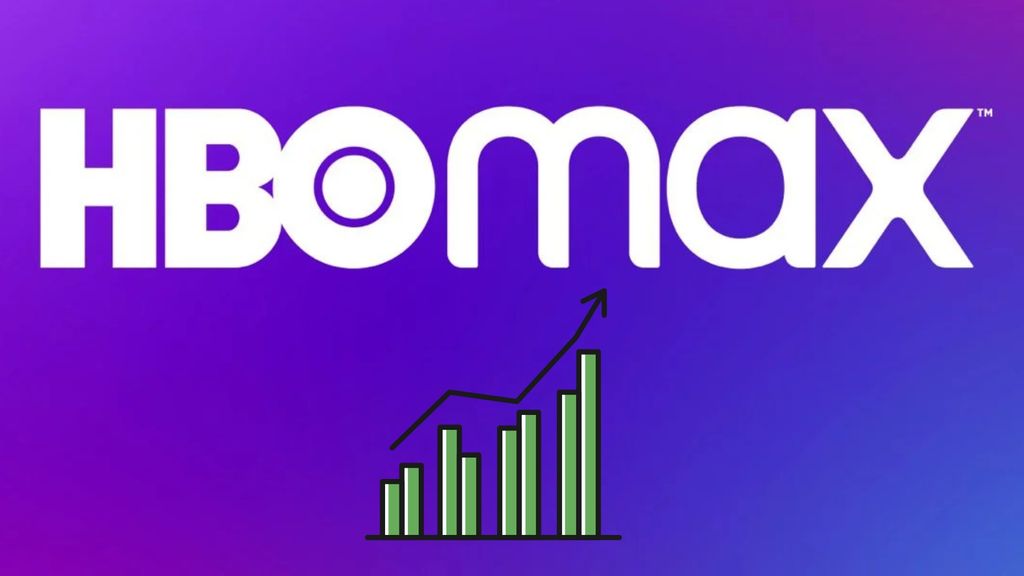
Asus has made another move that will be talked about. At Gamescom 2025, they showcased something that looks like the new king of e-sports monitors. ROG Swift OLED PG27AQWP-W is a 26.5-inch QHD 2560 × 1440 screen that brings out 540 Hz as standard. Sounds out of this world? That's just the beginning, as the panel has a dual-mode and can switch to 720 Hz at 1080p. These are numbers that until recently seemed absurd, and now they're making their way into the limelight.
720 Hz vs the Rest of the World
Of course, Asus isn't the only one reaching for such speed. Koorui and HKC have already thrown around claims of 750 Hz, but we're talking about TN panels there. Poor colours, lower brightness, limited viewing angles – classic compromises that OLED doesn't know. Asus offers something that these brands lack: the ability to choose between maximum speed and higher resolution when you don't need full turbo.
OLED, but not just any OLED
The most interesting thing is that Asus didn’t go for a regular OLED. It’s a next-generation OLED tandem, which means a panel that should achieve greater brightness in HDR and a longer lifespan than previous designs. On top of that, it has a glossy coating – a risky choice, as every gamer fears reflections, but Asus claims that even in a bright room, this issue doesn’t exist. The result? Even more vibrant colours and deeper blacks, as if the OLED itself wasn’t already good enough.
Design you want to watch
The look of the monitor also has its impact. In a world where everything is black and predictable, Asus comes out with a silver-transparent design. A bit retro, a bit futuristic, but definitely unconventional and bold. Sure, the stand shaped like a massive three-bladed propeller takes up half the desk, and that's a compromise, but it's hard not to appreciate that Asus has actually moved towards something different from the rest of the industry.
Technology that fights against burn-in
OLED has long been associated with burn-in issues, but Asus has tackled this problem as well. The new model features a Neo Proximity Sensor that detects whether you are sitting in front of the screen. If you step away, the monitor automatically switches to a black screen mode, reducing the risk of burn-in. Plus, the three-year warranty and protective mechanisms from LG Display and Samsung Display mean that this concern is no longer a significant worry, provided the safeguards are not overly aggressive.
Launch and price – still unknown
However, this is where the good news ends. Asus has not yet disclosed either the price or the launch date. It’s not hard to guess that it will be an expensive piece of equipment – a pioneering panel, new design, and a host of technological solutions always drive up the price. At the same time, the company also showcased the ROG Strix OLED XG27AQWMG, a monitor with the same tandem OLED but slower – 280 Hz and standard HDMI 2.1 or DisplayPort 1.4 with DSC. The flagship, on the other hand, received DisplayPort 2.1a with a bandwidth of 80 Gb/s, which further emphasizes that we are dealing with a premium class product.
Does 720 Hz make sense?
And now the question that everyone asks themselves: does anyone really take advantage of 720 Hz? The maths suggest that the gains from each additional hundred Hz become smaller and smaller, but Asus shows that it’s about more than just numbers. It’s a demonstration of capability, showing the direction, and – let’s not kid ourselves – a desire to get ahead of the competition. And if we add in an unusual design and fresh technology, even if the price stings, Asus has just set a very strong benchmark for the entire market.
Source: The Verge
 Katarzyna Petru
Katarzyna Petru













